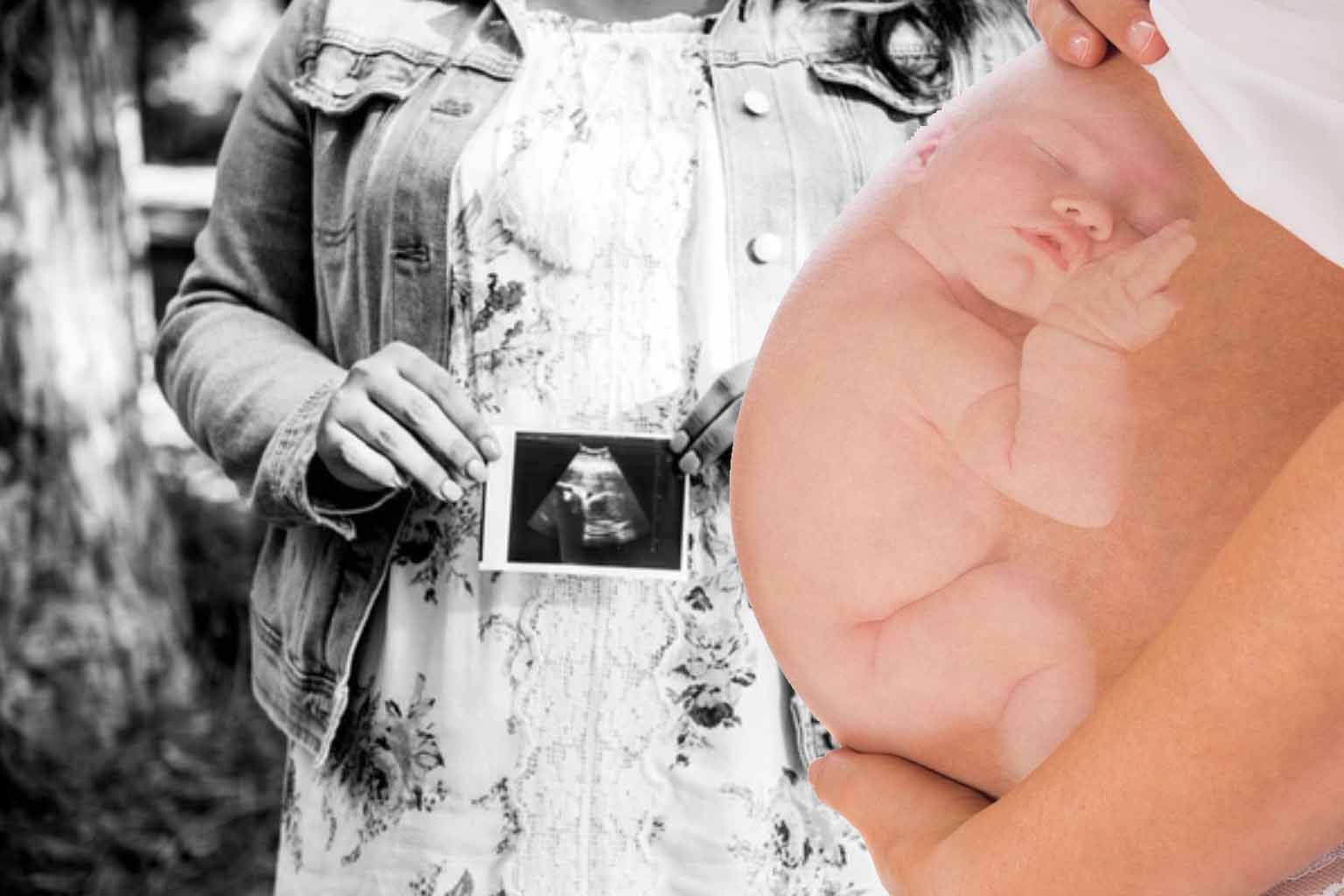When you are looking forward to becoming a mother and finally getting to know that you are pregnant, you are delighted. It feels good to be spoiled and taken care of during those crucial nine months. But we should tell you that not all pregnancies are normal. If your doctor tells you that your baby is breech, i.e., your baby’s head is turned bottom down, you are bound to be worried.
It is usual for babies to be in a breech position in early pregnancy, but by the end of the pregnancy, they do turn. But when it does not happen, you can follow certain methods and exercises to turn it the right way naturally.
What You Can Do To Turn A Breech Baby?
 Breech Baby
Breech BabyYour ultrasound report might have shaken you when you came to know that your baby is in a breech position. This may be a matter of worry, but the good news is that there are several techniques to turn your baby in a heads-down position naturally. Go through our article to find out how:
1. Light
Light can do marvels. When you know in your late pregnancy that your baby’s head is not facing downward, you may not know what you can do next. But by simply putting a flashlight on your lower pelvic area, you can see the trick work.
It is acknowledged that by the end of the second trimester, the fetus can recognize light from outside. When your flashlight is on your lower pelvic area, there are some good chances that the baby would follow the light and move his head towards the bottom. Though there is no definite study related to this, there is no damage in trying this simple technique.
2. Some Frost Magic
This is another simple technique to turn around your baby’s head in a downward direction. Placing an ice pack or a frozen pea pack would do. All you need to do is place a cloth on your tummy, mainly where the head is, and then gently keep the ice pack on it. It is likely that the baby would feel the cold and will try to move away from it.
3. Do It Medically
This technique should be considered when nothing works. The technique that is widely used for physically turning the baby is called ECV or External Cephalic Version (ECV). First, your doctor would help your uterus relax by giving you an epidural.
Once done, the gynecologist would physically try to move or tilt the baby. This could be painful and is very dangerous too. But using the right method and expertise, it can be attained without much effort. But one should never overlook the risks associated with the process that could lead to a cesarean section surgery.
4. Change your Side
Turning to sides can help your breech baby come in the required position. This is for the reason that by turning again and again to either side, you make your pelvis flexible and it further helps in giving way for the baby to make a turn.
Also read: Is Covid Vaccine Safe During Pregnancy?
This is a natural method, and you would not even realize in your sleep when your baby tilted to the heads-down position. Sleep on your left side instead of your right side for improved blood circulation. Also, you should bend your legs and knees, and a pillow should also be placed between your legs.
5. Try Moxibustion Acupuncture
Acupuncture is another great method to turn a breech baby. In this procedure, a physician would pinch thin needles on both your toes. Then incense called moxibustion contains a herb called mugwort. This incense is lighted, and its smoke is spread around the toes. It is the mixture of heat, needle pressure, and smoke that, in turn, leads to the turning of the baby in the downward direction.
6. Noise
You would be amazed to know that a baby starts to respond to noise from outside once you reach the third trimester. So, this method can also prove to work. All you have to do is play some calming music and place the headphones on your lower pelvic area. The baby will hear this music and would naturally move down to where the sound may seem to be coming from.
7. Massage
Prenatal massages have been popular for a long time. Massages are a one-stop solution to every problem a pregnant woman is likely to face. Massages can also help relax and get the much-needed break from pregnancy stress and pain.
Also Read: Breech Baby: Causes & Complications

